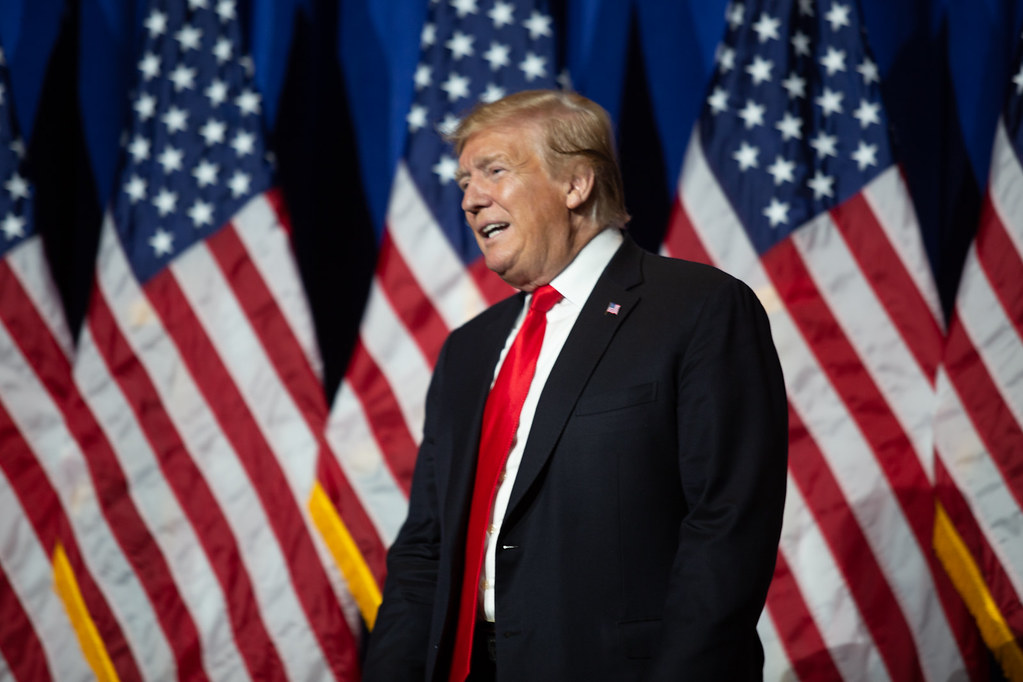Key Takeaways
• The Senate voted 50-46 to end the national emergency declared by President Trump.
• Four Senate Republicans joined Democrats in the symbolic rebuke.
• The measure still needs House approval to take effect.
• Trump used the national emergency declaration to raise tariffs on Canadian goods over fentanyl concerns.
Senate Sends Trump a National Emergency Rebuke
In a rare show of dissent, the Senate voted 50-46 to end the national emergency that President Trump declared in February. Four Senate Republicans—Lisa Murkowski, Mitch McConnell, Rand Paul, and Susan Collins—joined Democrats to pass the measure. Although the vote signals strong opposition, the resolution remains symbolic until the House of Representatives votes on it.
Symbolic Vote to End the National Emergency
What Happened in the Senate
Last Wednesday, senators stood at the chamber’s podium to cast their votes. The result fell largely along party lines, except for four Republicans who broke ranks. They sided with Democrats to roll back the emergency. This move challenges the president’s power to act unilaterally.
Why It Matters
The national emergency declaration let Trump impose higher tariffs on Canadian goods, claiming Canada did not do enough to stop fentanyl from crossing the border. By ending the emergency, senators aim to rein in presidential authority on trade and national security. However, the vote is symbolic until the House also approves it. In past efforts, the House blocked similar measures, so the outcome remains unclear.
Next Steps in Congress
Now, the resolution moves to the House of Representatives. There, opponents of the emergency have struggled to gain traction. If the House passes the bill, Trump can veto it. Overriding a veto needs a two-thirds majority in both chambers, making swift change unlikely. Still, the vote sends a clear message that some lawmakers want limits on unilateral presidential actions.
Background on the National Emergency Declaration
What Is a National Emergency?
A national emergency gives the president extra powers under federal law. These powers include shifting funds, imposing trade tariffs, and acting without Congress. Presidents from both parties have declared emergencies for wars, natural disasters, and financial crises. Critics argue this practice can bypass Congress’s role in lawmaking.
Why Trump Declared It
In February, the White House said Canada let too much fentanyl reach the United States. Fentanyl is a synthetic opioid that has fueled a deadly overdose crisis. To pressure Canada, Trump declared a national emergency at the border and raised tariffs on Canadian steel, aluminum, and other goods. Supporters said hardball tactics were needed to fight drug trafficking. Opponents called it an abuse of executive power.
Reactions from Both Sides
Lawmakers for the resolution praised the vote. They said it rebalances power between Congress and the president. One senator said, “We cannot let any president rule by decree.” On the other hand, Trump’s allies defended the emergency. They argued it is essential to protect Americans from a growing drug epidemic.
Public Response and Expert Views
Experts say the vote has little legal effect until the House acts. Yet, it carries weight in public opinion. Polls show many Americans worry about unchecked presidential power. Thus, even a symbolic vote can sway debates in Washington.
How This Fits into a Larger Trend
In recent years, presidents have used national emergencies more often. Both parties have stretched their emergency powers to sidestep Congress. For example, past emergencies funded border walls, diverted disaster money, and addressed financial market crashes. Critics say the trend undermines the Constitution’s checks and balances.
Potential Impact on U.S.-Canada Relations
The tariffs on Canadian goods strained relations between two longtime allies. Ending the emergency could lead to tariff rollbacks. In turn, it may ease trade tensions and boost business confidence on both sides of the border. Canadian leaders have called the tariffs unfair, and they praised the Senate’s vote.
What Comes Next for Trade and Security
If the House fails to pass the resolution, the emergency stays in place. Tariffs remain higher, and border funds stay redirected. But if Congress rescinds the emergency, the administration must seek new ways to fight drug trafficking. One idea is stepping up joint enforcement efforts with Canada and Mexico. In addition, lawmakers may pass new legislation targeting fentanyl makers and smugglers.
Looking Ahead in the Political Arena
With midterm elections on the horizon, both parties will use the national emergency debate to rally supporters. Democrats will point to congressional limits on executive power. Republicans for the emergency will argue for tough stances on borders and crime. Meanwhile, independent voters will watch to see if Congress can check the White House.
FAQs
What does ending the national emergency mean?
Ending the national emergency would strip the president of special powers granted under that declaration. It would halt shifted funds and extra tariffs tied to the emergency.
Why is the vote called symbolic?
It’s symbolic because it passed the Senate but still needs the House’s approval. Even then, the president could veto it, making actual change difficult.
Can Congress override the president’s veto?
Yes, Congress can override a veto with a two-thirds majority in both the Senate and the House. Achieving that is rare and often politically tough.
What happens if the emergency continues?
If it continues, tariffs on Canadian goods stay in place. The administration will keep using emergency powers to fund border security and other measures without new congressional approval.

